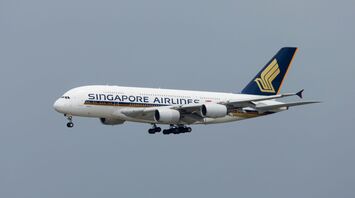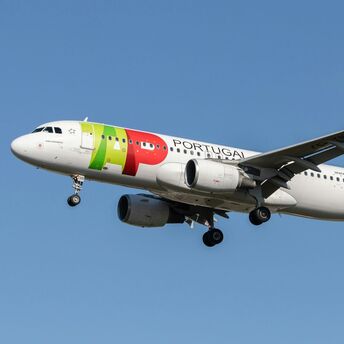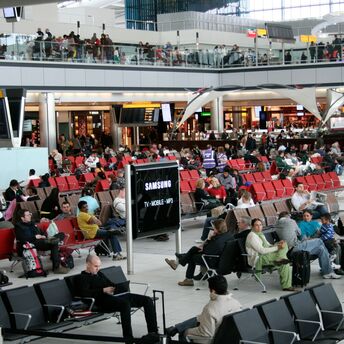Boeing 777 Returns to Singapore After Fatal Turbulence Incident

The Singapore Airlines Boeing 777-300ER that experienced severe turbulence last week has returned to its base at Singapore Changi Airport (SIN). The aircraft, which was involved in a fatal incident during a flight from London to Singapore, was ferried back on Sunday after remaining grounded in Bangkok for five days.
The turbulence incident, which resulted in multiple injuries and one fatality, has prompted Singapore Airlines to revise its onboard seatbelt policy. The airline now mandates that hot beverage and meal service be suspended whenever the seatbelt sign is illuminated, reflecting heightened concerns over increasing reports of severe turbulence potentially linked to climate change.
The aircraft, registered as 9V-SWM, was flown back to SIN as SQ9071. Departing from Suvarnabhumi Airport (BKK) at 10:49, the flight reached a cruising altitude of 39,000 feet within 17 minutes and landed in Singapore at 13:39, taking one hour and 50 minutes. The 777-300ER is currently out of service as the investigation into the incident continues.
The turbulence event occurred on May 20th during flight SQ321 from London Heathrow to Singapore. The aircraft encountered severe turbulence and diverted to Bangkok, resulting in the death of a 73-year-old British passenger and injuries to several others. The sudden altitude drop caused unrestrained passengers to be thrown against the cabin ceiling, highlighting the unpredictable and dangerous nature of clear air turbulence.
Reports indicate that 52 people remain in Bangkok, with 40 passengers and a crew member receiving hospital treatment. Five individuals, including three Australians, a Briton, and a New Zealander, are in intensive care.
Clear air turbulence, often the most severe type, poses significant challenges for flight crews due to its unpredictability. Experts, including atmospheric science professor Paul Williams from the University of Reading, attribute the increasing frequency and intensity of turbulence to climate change. This sentiment is echoed by Thomas Guinn of Embry-Riddle Aeronautical University, who notes that the atmosphere is becoming more turbulent.
Turbulence is a leading cause of in-flight injuries, with approximately 60 people injured annually in the United States alone. Most incidents occur at altitudes above 30,000 feet. Passengers are advised to keep their seatbelts fastened at all times while seated, regardless of the seatbelt sign's status.
The Singapore Airlines turbulence incident underscores the importance of adhering to safety protocols and the evolving challenges airlines face in ensuring passenger safety amid changing atmospheric conditions.



















